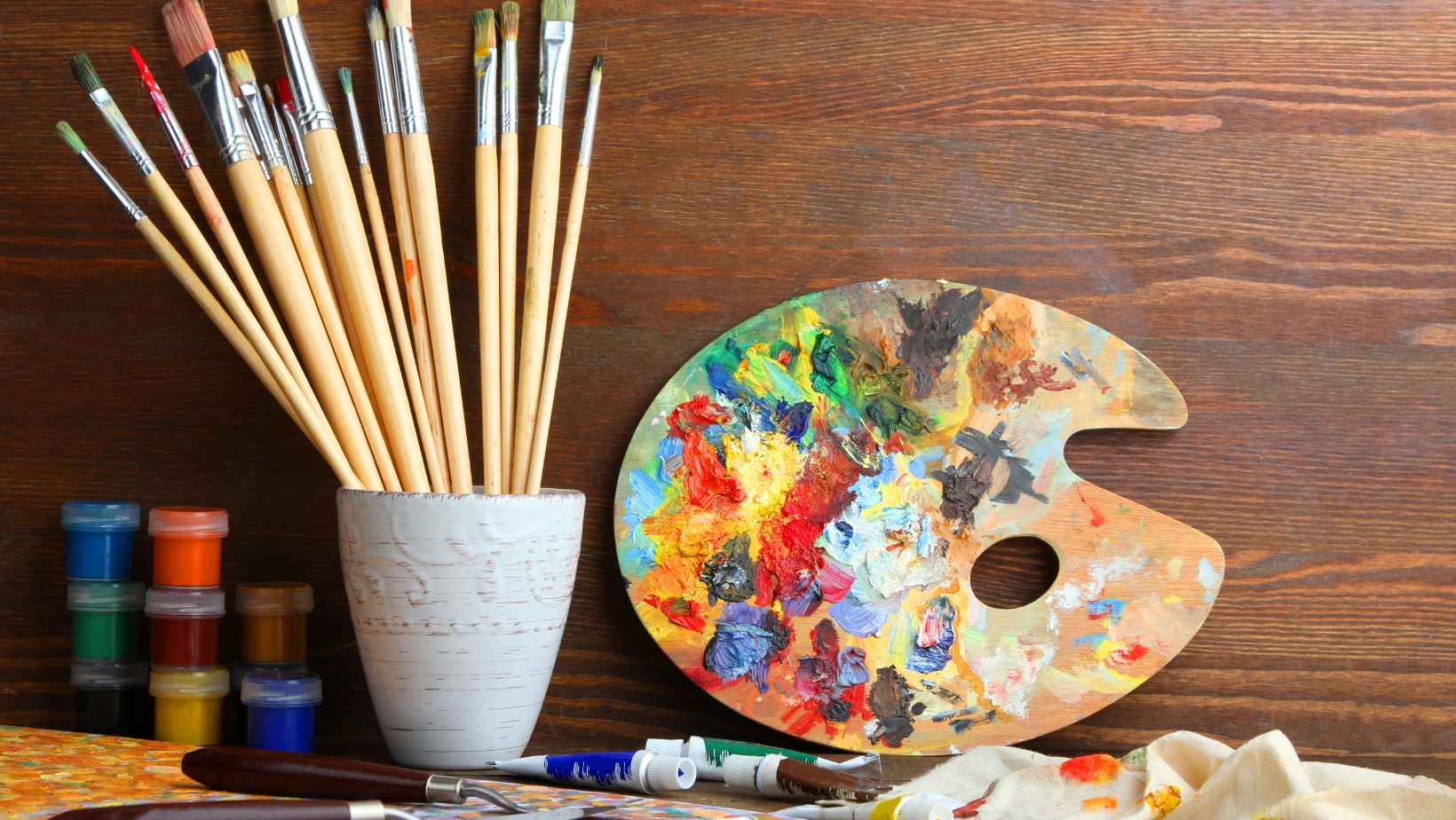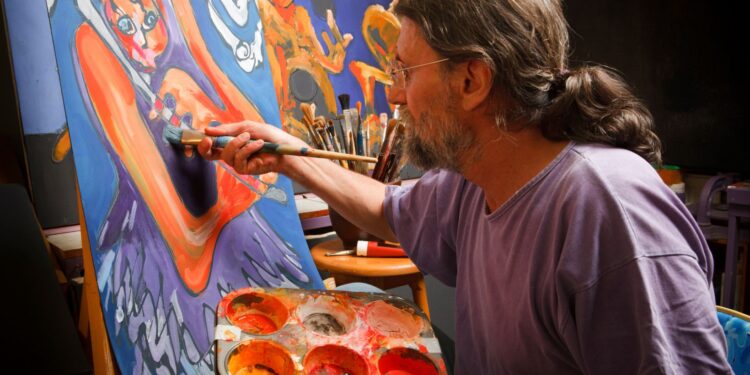Arwanatoto art is an intriguing topic that’s been capturing the attention of art enthusiasts around the globe. It’s a unique blend of traditional and contemporary styles, often characterized by its bold use of color and innovative designs. My fascination with Arwanatoto began when I stumbled upon a vibrant piece at a local gallery, which sparked my curiosity to explore this art form further.
Arwanatoto
Definition of Arwanatoto Art
Arwanatoto art isn’t just another art movement on the block; it’s a unique blend of aesthetics and cultural narratives that capture the essence of its origin. At its core, this form of art encompasses various mediums and styles but is unified by its distinct thematic expression. It’s characterized by vivid colors, intricate patterns, and often features motifs significant to the community from which it originates. Typically you’ll notice:
- Use of bold palettes to convey emotion.
- Patterns that signify historical or mythological tales.
- A celebration of heritage through visual storytelling.
This artistic expression serves as a bridge between traditional craftsmanship and contemporary creativity. Arwanatoto artists are known for their ability to weave stories into their work, making each piece not just visually appealing but also rich in narrative.
Origins of Arwanatoto Art
Digging into the roots of Arwanatoto art takes us on an intriguing journey back in time. This genre emerged from a confluence of indigenous techniques and modern influences, where local artisans began experimenting with new forms while staying true to ancestral legacies.
The timeline below illustrates key milestones in the evolution of Arwanatoto art:
| Year | Milestone |
| 1920 | Emergence among local artisan communities |
| 1945 | Recognition at regional exhibitions |
| 1960 | Incorporation of modernist elements |
| 1980 | Global exposure through international galleries |
It’s fascinating how this style has managed to preserve its authenticity despite global influences. The origins speak volumes about resilience and adaptability — traits deeply embedded within the ethos of these artists.
Through community gatherings, workshops, and festivals dedicated to this artistic tradition, knowledge was passed down generations. It ensured that while styles evolved, the quintessence remained unaltered.
As we delve deeper into what makes Arwanatoto art so captivating, it becomes apparent why it continues gaining popularity beyond its geographical confines. Each stroke tells a story; every color has a purpose — all culminating in artworks that don’t just decorate spaces but also enrich them with cultural depth and beauty unparalleled by other styles.
How to Appreciate Arwanatoto Art

Understanding the Themes in Arwanatoto Art
Arwanatoto art is rich with symbolism and cultural narratives that resonate across various forms. When you’re looking to appreciate this unique form of art, it’s crucial to dive into the themes that are often represented. These could range from historical events, folklore, or spiritual concepts deeply rooted in the culture from which Arwanatoto originates. To fully grasp these themes:
- Look for recurring motifs or symbols within the artwork.
- Research their meanings or ask knowledgeable sources about their significance.
- Reflect on how these themes relate to broader cultural or human experiences.
Interpreting art can be very personal but understanding what certain elements represent can unlock a deeper appreciation for Arwanatoto pieces. For instance, if a painting features a particular animal frequently seen in Arwanatoto mythology, acknowledging its role in those stories adds layers to your understanding.
Analyzing the Techniques Used in Arwanatoto Art
The techniques employed by artists contribute significantly to the essence and beauty of Arwanatoto art. Artists might use intricate patterns, vivid colors, or unique mediums that require specific skills. As an enthusiast looking to appreciate these works further:
- Observe the materials used; are they traditional like canvas and paint or more unconventional?
- Take note of brush strokes: Are they delicate and detailed? Bold and expressive?
- Consider color choices: Do they seem deliberate? What mood do they convey?
By paying attention to these details, you’ll not only gain insight into the artist’s style but also into how technique amplifies meaning within a piece of artwork. For example, if an artist uses quick and heavy strokes alongside warm colors, it may suggest passion or urgency behind the depicted scene.
Remembering that each stroke and hue has been chosen with intention helps viewers connect with both the artist’s process as well as their final vision displayed through their work. So next time you encounter an Arwanatoto piece take your time with it—analyze its components just as much as its overall impact because every aspect was crafted purposefully by its creator!














